
Notable Alumni
Martin Luther King Jr. described one of our graduates as “chief counsel for the protest movement.” Another invented Gmail. And two more became directors of the Centers for Disease Control and Prevention.
They are just four of more than 118,000 alumni who help us all think beyond the possible.
Inventors
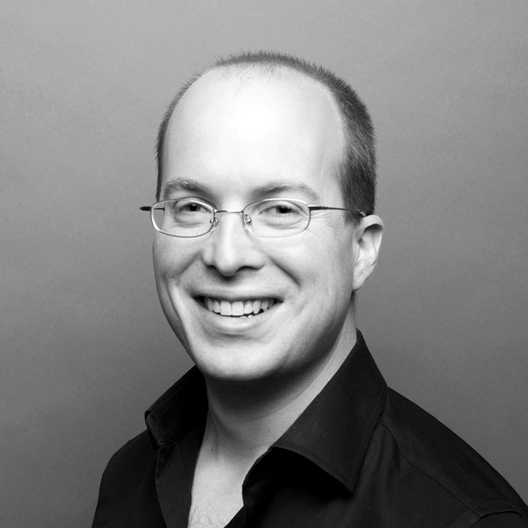
Paul Buchheit
(CWR '98; GRS '98, computer engineering)
Google employee #23, inventor of Gmail and now an angel investor.
Credited with suggesting Google's now-famous motto, “Don't be evil.”
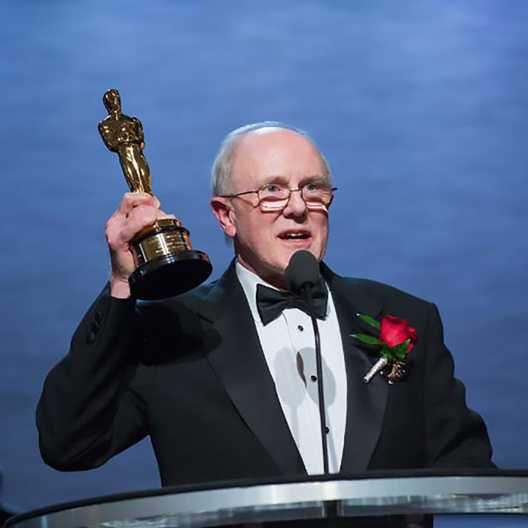
Larry Hornbeck
(CIT '65; GRS '65, '74 physics)
Academy Award-winning inventor.
National Academy of Engineering member and recipient of an Academy Award of Merit for innovations that led to the transformation of movies from film to digital technology.
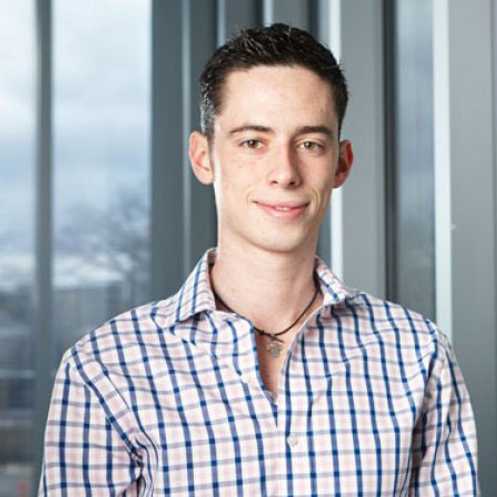
Felipe Gomez del Campo
(CWR '16; GRS '18, aerospace engineering)
Energy engineer and entrepreneur.
Founder and CEO of FGC Plasma Solutions who was named to Forbes 30 Under 30 list and honored by President Barack Obama as an emerging global entrepreneur.
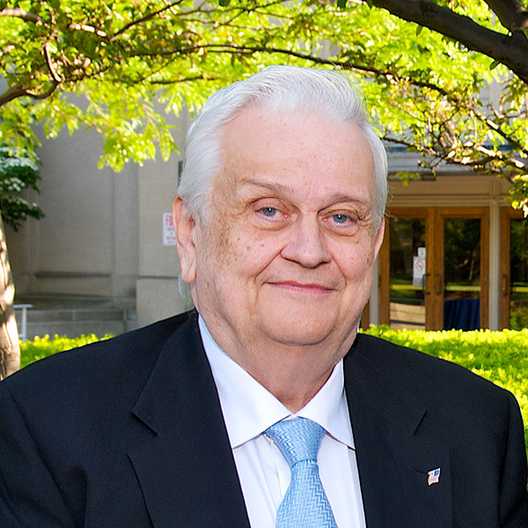
Joseph B. “J.B.” Richey II
1936-2015
(CIT '62)
Developer of the first commercially available full-body CAT scan.
An engineer who had more than 100 patents and played a role in at least 1,000 new or updated inventions.
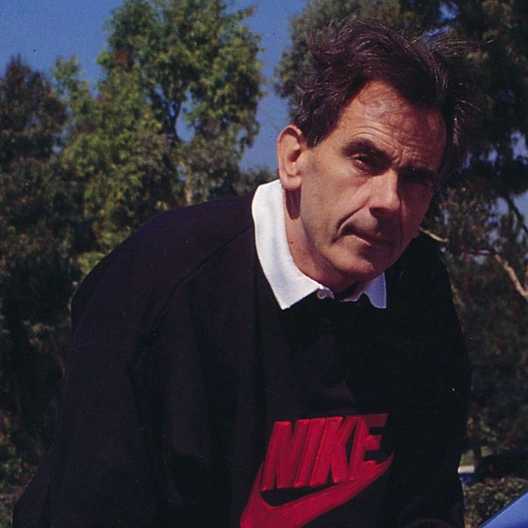
M. Frank Rudy
1925-2009
(CIT '50)
Engineer and inventor who held more than 250 patents.
Revolutionized the athletic footwear industry with his creation of the Nike Air Sole.
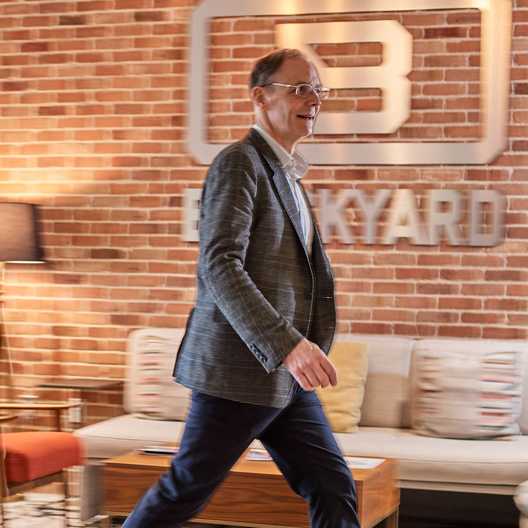
Peter Tippett
(GRS '81, biochemistry; MED '83)
Physician, scientist and entrepreneur.
Creator of the first antivirus software, Vaccine, which later became Norton AntiVirus.
Political Powerhouses
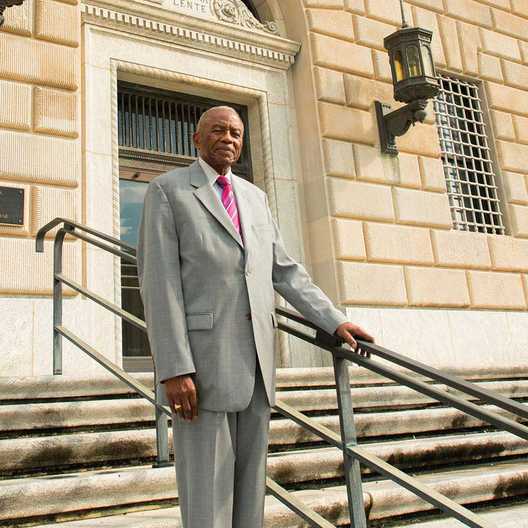
Fred Gray
(LAW '54)
Civil rights icon and attorney.
Worked with Martin Luther King Jr., defended Rosa Parks and Claudette Colvin in landmark civil-rights cases, and successfully represented plaintiffs against the U.S. government in the Tuskegee Experiment lawsuit.
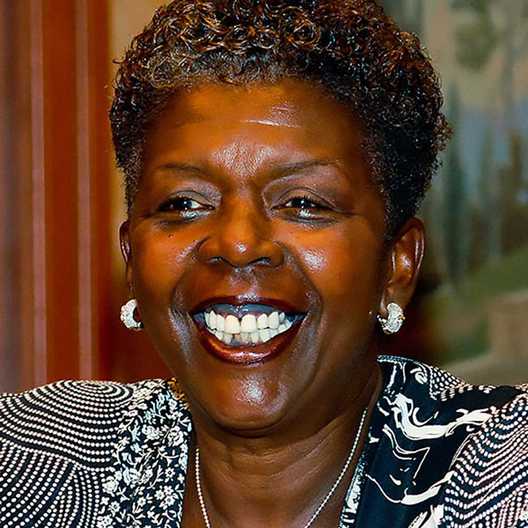
Stephanie Tubbs Jones
1949-2008
(FSM '71, LAW '74)
Ohio's first Black congresswoman.
Prior to that election, was Ohio's first Black woman common pleas judge and county prosecutor.
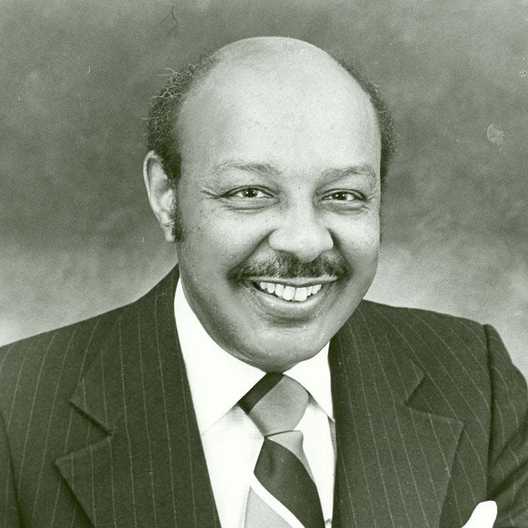
Louis Stokes
1925-2015
(HON '91)
Ohio's first Black Congressman.
Years after taking classes at Western Reserve's Cleveland College, Stokes served 15 terms in the U.S. House of Representatives representing the east side of Cleveland, and later was a visiting professor at Case Western Reserve.
Entertainment Pioneers

Elizabeth Davis
(GRS '06, theater)
Tony- and Drama Desk-nominated actress.
First Tony nominee from the Case Western Reserve University/Cleveland Play House MFA Acting Program for her performance in Once.
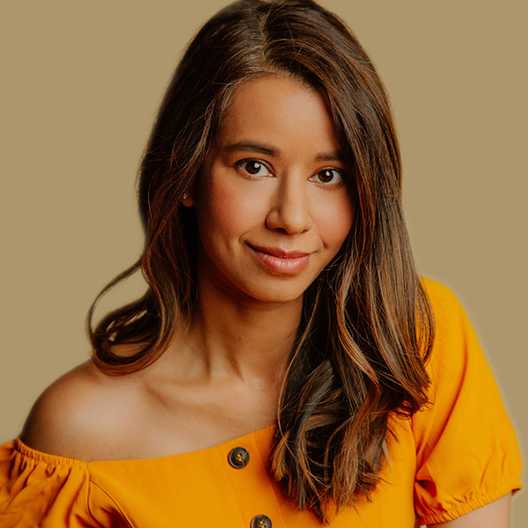
Sujata Day
(CWR '01)
Actress, screenwriter and director.
Credits her time studying abroad during college (as an engineering major) for inspiring her passion for theater; she's featured in Awkward Black Girl and Insecure and wrote and directed her own film, Definition Please.
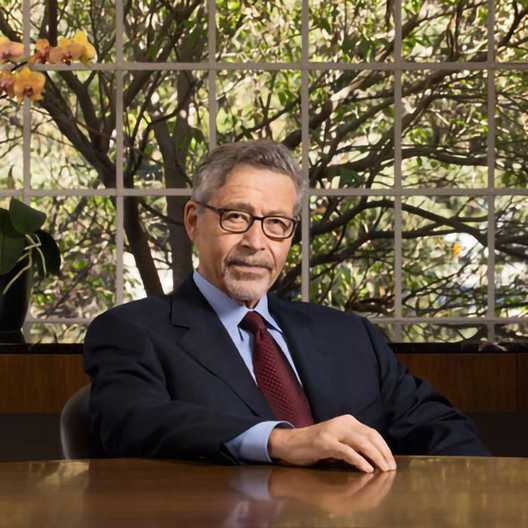
Barry Meyer
(LAW '67)
Former chairman and CEO of Warner Bros. Entertainment.
Longtime executive at Warner Bros. Entertainment, serving as chairman and chief executive officer from 1999-2013.
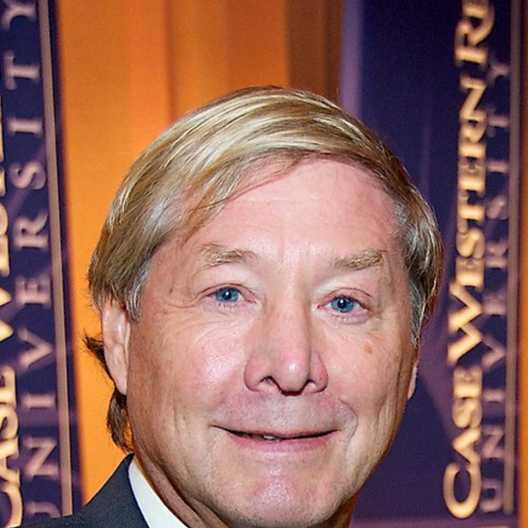
Richard North Patterson
(LAW '71)
Author of best-selling mystery novels Dark Lady and Silent Witness, among many others.
Trial attorney who was the Securities & Exchange Commission's liaison to the Watergate Special Prosecutor.
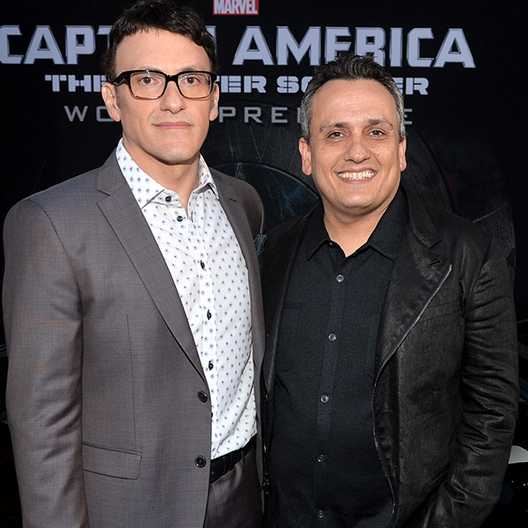
Joe and Anthony Russo
Joe (GRS '95, theater) and Anthony (studied law)
Award-winning and box-office-record-breaking directors and producers who worked on their first film, Pieces, while graduate students at Case Western Reserve.
Helmed Avengers: Infinity War, Avengers: Endgame, Captain America: Civil War, Captain America: The Winter Soldier, and numerous other movies and television shows, filming scenes occasionally at CWRU and in Cleveland.
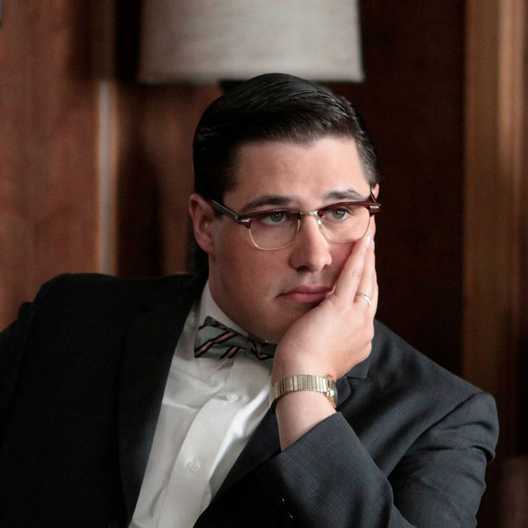
Rich Sommer
(GRS '04, theater)
Television, film and theater actor.
Held prominent roles in films and TV shows such as Mad Men, The Devil Wears Prada and GLOW.
%20(1).jpg)
Franklin Cover
(GRS ’54; GRS ’55, theater)
Television Actor
Television, film and Broadway actor best known for his portrayal of Tom Willis in the long-running series The Jeffersons, which offered one of the first depictions of an interracial marriage on television.
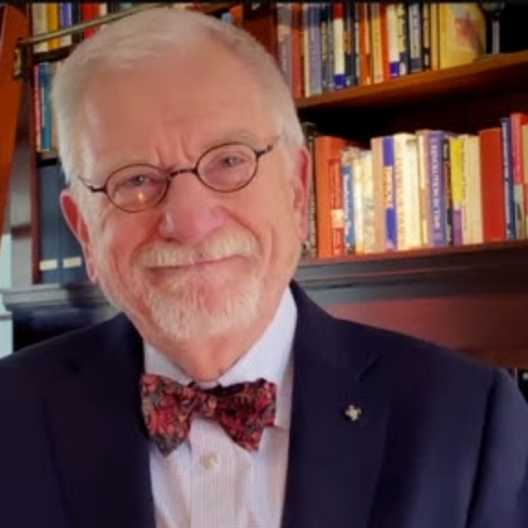
William Baker
(ADL ’66; GRS ’68, ’72, communication sciences; HON ’20)
Seven-time Emmy-Award-winning television executive
Former president of Westinghouse Broadcasting who helped make Oprah Winfrey a household name, led New York Public Television in its golden age and launched the Discovery and Disney cable channels.
Nobel Laureates
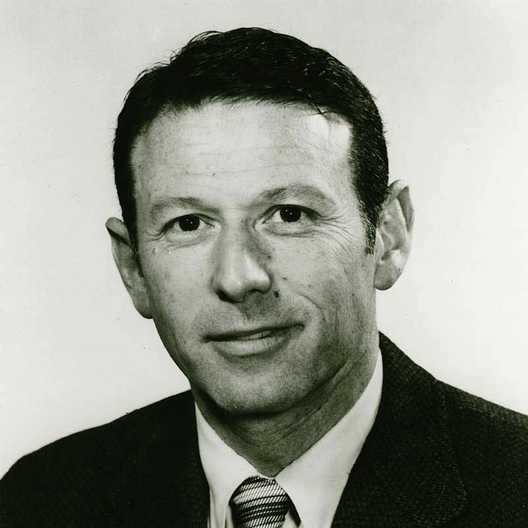
Paul Berg
(GRS '52, biochemistry)
1980 Nobel Prize in Chemistry winner alongside Walter Gilbert and Frederick Sanger.
A biochemist whose research brought greater understanding of recombinant DNA.
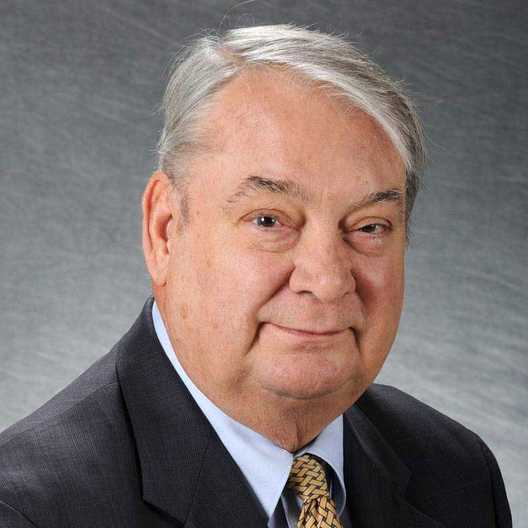
Ferid Murad
(MED '64; GRS '65, pharmacology)
1998 Nobel Prize in Physiology or Medicine co-winner.
A physician whose work revealed how nitric oxide acts as a signaling molecule in the cardiovascular system.
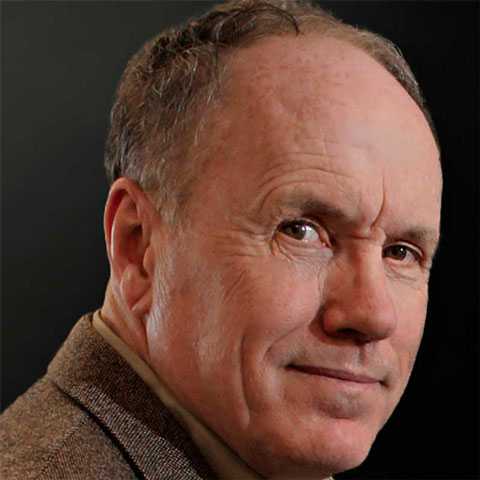
Edward C. Prescott
(GRS '64, operations research)
2004 Nobel Prize in Economic Sciences co-winner.
An economist recognized for his work in the field of macroeconomics.
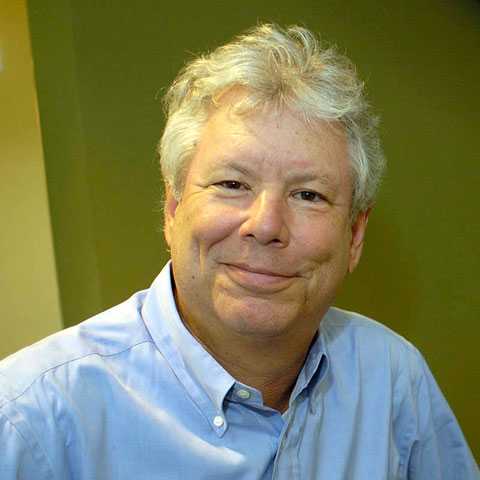
Richard Thaler
(ADL '67, HON '03)
2017 Nobel Prize in Economic Sciences winner.
Recognized for his pioneering work in behavioral economics (and his appearance in the Academy Award-winning film The Big Short), Thaler is also the author of Misbehaving: The Making of Behavioral Economics (2015).
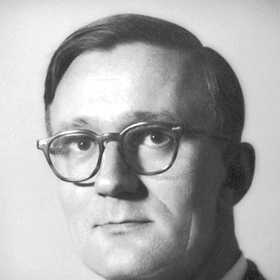
Polykarp Kusch
1911-1993 (CIT ’31, HON ’56)
1955 Nobel Prize in Physics co-winner
A physicist recognized for precisely measuring the magnetic moment of the electron, leading to new insights in the quantum theory of electromagnetism.
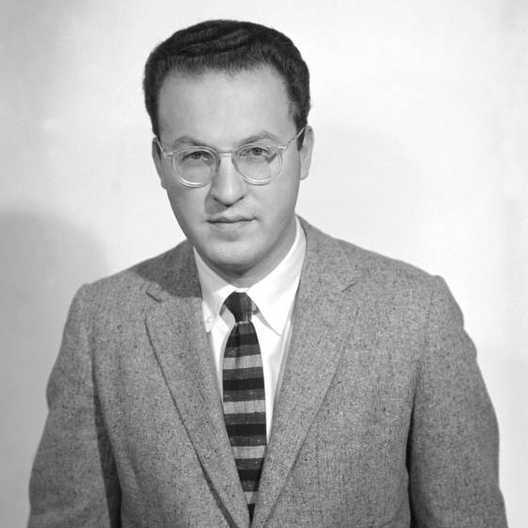
Donald Glaser
1926-2013 (CIT ’46)
1960 Nobel Prize in Physics winner
A physicist renowned for his invention of the bubble chamber, which detects the motion of electrically charged particles through a liquid and makes their paths visible as lines of bubbles.
Business Minds
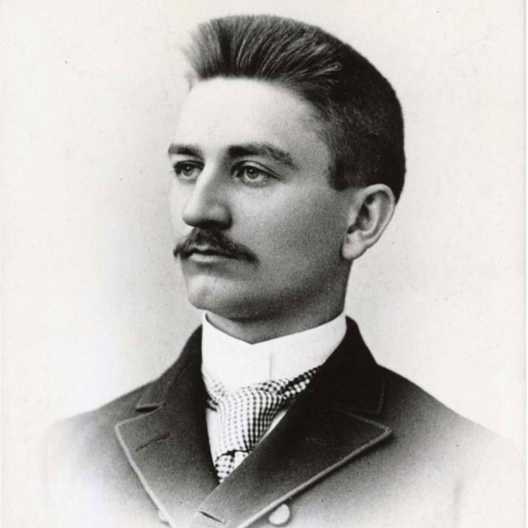
Herbert Henry Dow
1866-1930
(CSAS 1888)
Founder of Dow Chemical Co.
A prolific inventor of chemical compounds, processes and products, and a successful businessman.
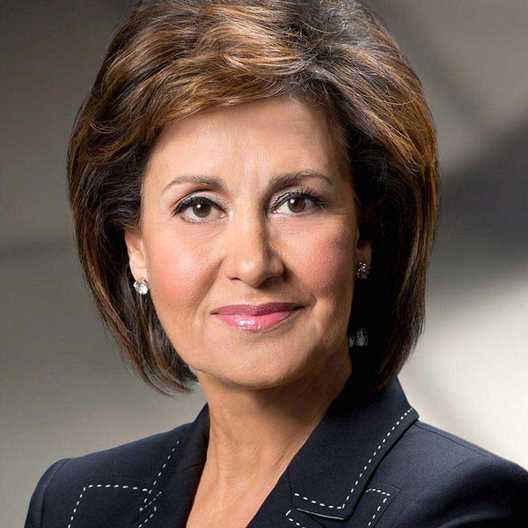
Susie Gharib
(FSM '72)
Television anchor and business journalist.
A contributor for Nightly Business Report, Forbes and other publications, and the recipient of the New York Financial Writers' Elliott V. Bell Award for exemplary contributions to the field.
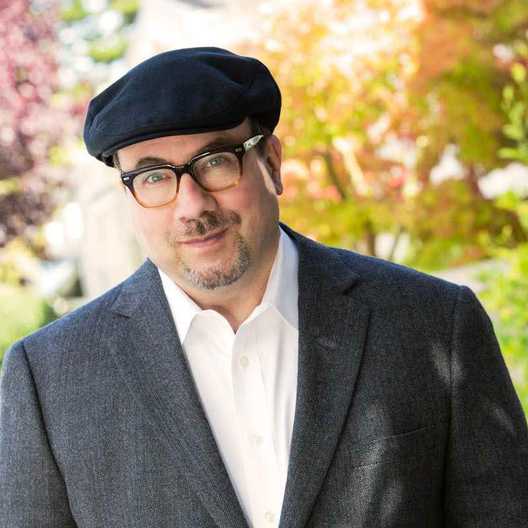
Craig Newmark
(CIT '75, GRS '77)
Creator (and namesake) of Craigslist.
After transforming how people do business on the internet, he's now a philanthropist who supports efforts such as increasing women in STEM, including here at CWRU.
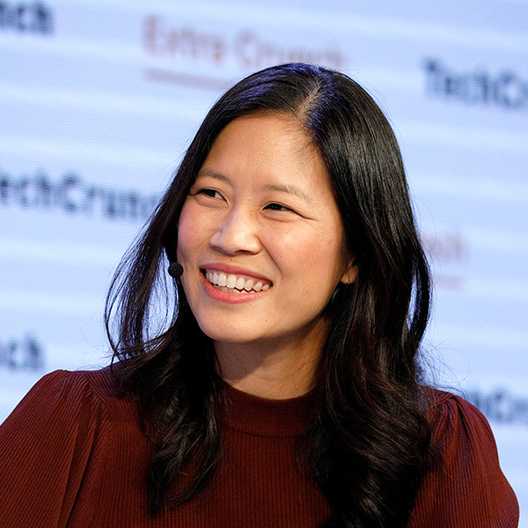
Sandra Oh Lin
(CWR '97)
Co-founder and CEO of KiwiCo.
In 2011, launched a STEAM (science, technology, engineering, art and mathematics) subscription box service for children that later soared amid the COVID-19 pandemic.
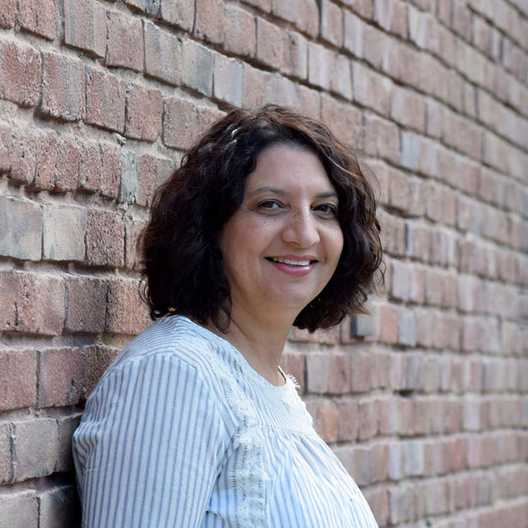
Reem Rahim
(CWR '89)
Artist and entrepreneur.
Co-founder and chief brand officer of Numi Organic Tea, the largest brand purchaser of Fair Trade Certified teas in the U.S., whose artwork inspires the company's packaging and vision.
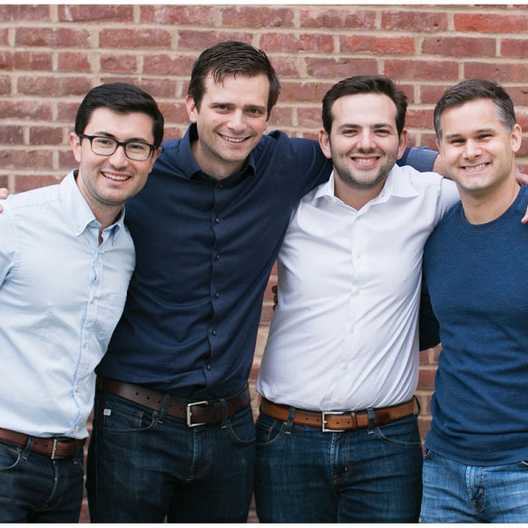
Alex Yakubovich, Chris Crane, Stan Garber and Andrew Durlak
(CWR '07), (CWR '08), (CWR '07), (CWR '07)
Entrepreneurs whose startup sold for $540M in 2019.
On a mission to modernize procurement, they started Scout RFP, a company that is now part of Workday; some of their entrepreneurial roots started at CWRU with a web development business.
Healthcare Innovators
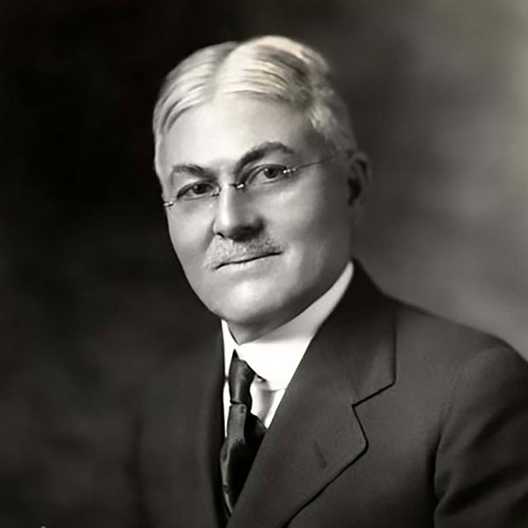
George Crile
1864-1943
(MED 1887)
Surgeon and one of the four founders of Cleveland Clinic.
A graduate of Wooster Medical College, which later merged to form Case Western Reserve School of Medicine, Crile is the first surgeon to have succeeded in a direct blood transfusion.
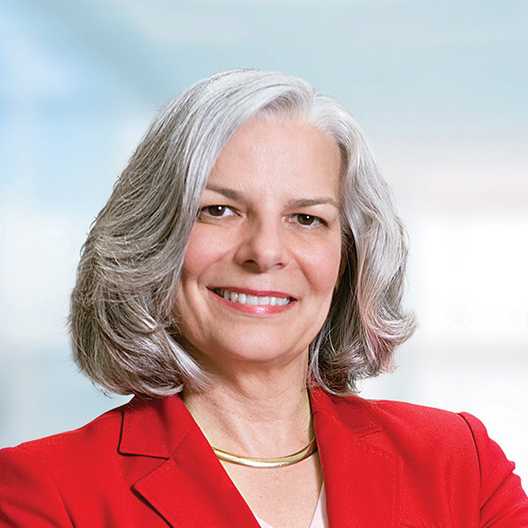
Julie Louise Gerberding
(WRC '77, MED '81)
First woman director of the Centers for Disease Control and Prevention (2002-2009).
Former Administrator of the Agency for Toxic Substances and Disease Registry.
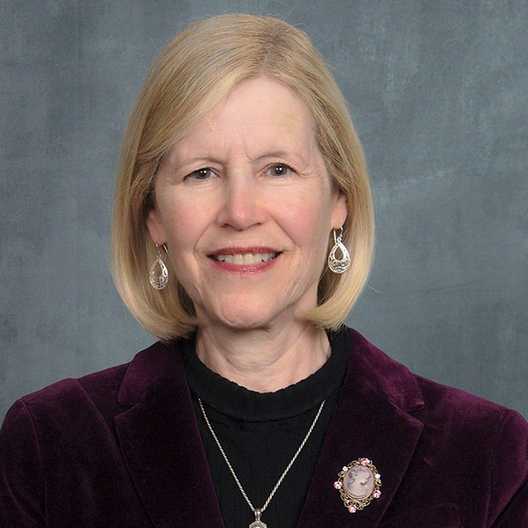
JoAnn E. Manson
(MED '79)
Pioneering researcher in women's health.
Led the National Institutes of Health's landmark Women's Health Initiative involving 164,000 women, and whose work helped establish that men's and women's reactions to diseases and drugs may be different.
Sports Icons
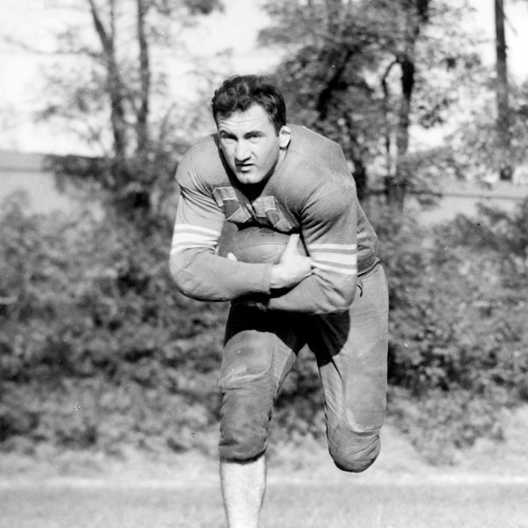
Steve Belichick
(ADL '41; GRS '50, physical education)
Former Detroit Lions player and college football coach.
His son, the multi-Super-Bowl-winning coach Bill Belichick, donated to name the CWRU Wyant Center's weight room in his father's honor.
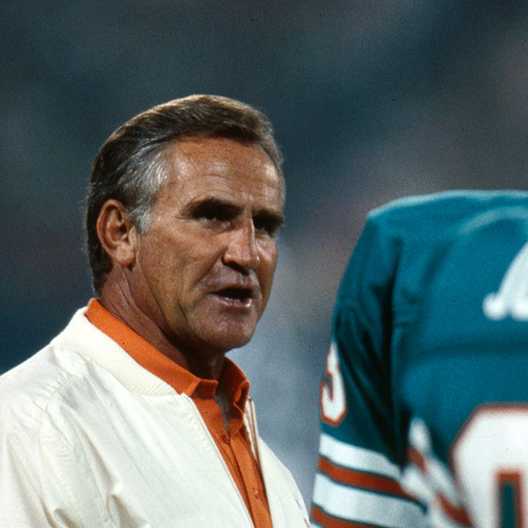
Don Shula
1930-2020
(GRS '54, physical education)
The National Football League's winningest head coach.
Chalked up 347 career victories, including two Super Bowl titles, and led the Miami Dolphins to the only perfect season in NFL history.
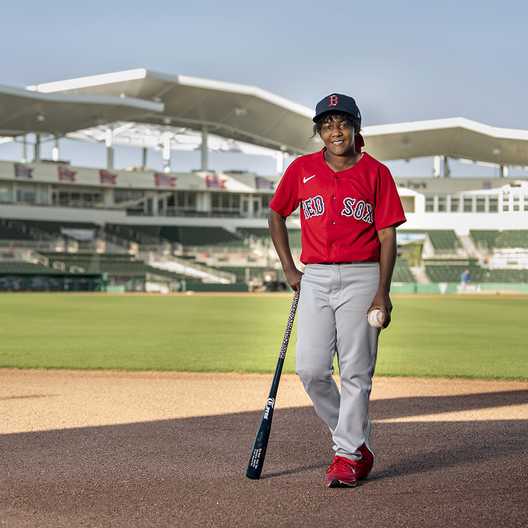
Bianca Smith
(LAW '17, MGT '17)
Coach for a Boston Red Sox Minor League team.
The first Black woman to coach in professional baseball—and the first director of baseball operations for CWRU's Spartan baseball team.
